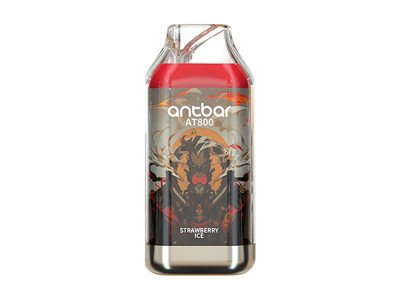Sussman has been producing typical University of Southern California (USC) information about vaping since 2014. In 2015, as a flavour of his position, he was involved in a questionable study claiming to have found that “teens who use e-cigarettes were more likely to transition to smokeable tobacco products”.
The summary from that paper informs the reader about the level of bias and comprehension of those writing it: “Some e-cigarette devices appear to be very efficient at delivering nicotine to the lungs and brain. If you enjoy the experience of inhaling nicotine in e-cigarettes, it makes sense that you would be open to trying other nicotine products, like cigarettes, hookah, and cigars.”
In this latest paper, Sussman writes: “This is the first issue of its kind on vape shops that will increase the pool of research papers in this arena by a third, and provides marketing, vaping behavior, and policy-related information.”
Odd that he should claim this publication is the first anything, given that it’s effectively a rehash of one he led in 2015, where he quotes himself from a similar work in 2014 – and altogether ignores that he co-wrote “Who walks into vape shops in Southern California?: a naturalistic observation of customers” in 2016. Rather than his latest involvement breaking new ground, he appears to be fixated and ploughing a well-worn furrow.
Together with Dianne Barker, Sussman cites all of his previous related studies in the reference section, along with a veritable who’s who of people opposed to tobacco harm reduction or in favour of carrying out shoddy, discredited research. The pair state they have no conflicts of interest, and yet it is patently obvious to readers that there has to be some kind of motivation for the evident bias.
As well as an anti-vape stance, the paper is also full of incredible insights: “Vape shops intend to make potential customers aware of their existence and curious about visiting a shop and engaging in vaping. They also intend to make the shop accessible to encourage sales of e-cigarette-related products.”
“Marketing has needed to change to encourage customers to come to shops and purchase e-liquids without the ability to sample flavours for free,” they continue while noting that stores now charge a nominal dollar for free samples, to circumvent the legislation banning freebies.
The question is, does this raise any flags about where they intend on campaigning next? Yes, they conclude: “if vaping is not allowed within the shops in the future, one may predict that the locations would not be a place for hobbyists to visit.” A Californian push to ban vaping from business premises in 2018? Almost definitely.
Dave Cross
Journalist at POTVDave is a freelance writer; with articles on music, motorbikes, football, pop-science, vaping and tobacco harm reduction in Sounds, Melody Maker, UBG, AWoL, Bike, When Saturday Comes, Vape News Magazine, and syndicated across the Johnston Press group. He was published in an anthology of “Greatest Football Writing”, but still believes this was a mistake. Dave contributes sketches to comedy shows and used to co-host a radio sketch show. He’s worked with numerous start-ups to develop content for their websites.
Join the discussion
Parliament Fears Two
The Department for Environment, Food and Rural Affairs faced questions from a Conservative MP and, oddly, a member of the Department for Environment, Food and Rural Affairs
Harm Reduction For The Rich
The United Kingdom risks becoming a harm reduction country only for the wealthy, according to Michael Landl of the World Vapers’ Alliance
Sacrificing Health For 2p Cut
Tory Government alienates vaping voters with its mission to cut tax by an unaffordable 2p to attract voters by placing a tax on vape products in the forthcoming budget
CAPHRA Highlights Tobacco Control Flaws
The Coalition of Asia Pacific Tobacco Harm Reduction Advocates highlights the flaws in tobacco control which has led to the rise of black market in Australia











